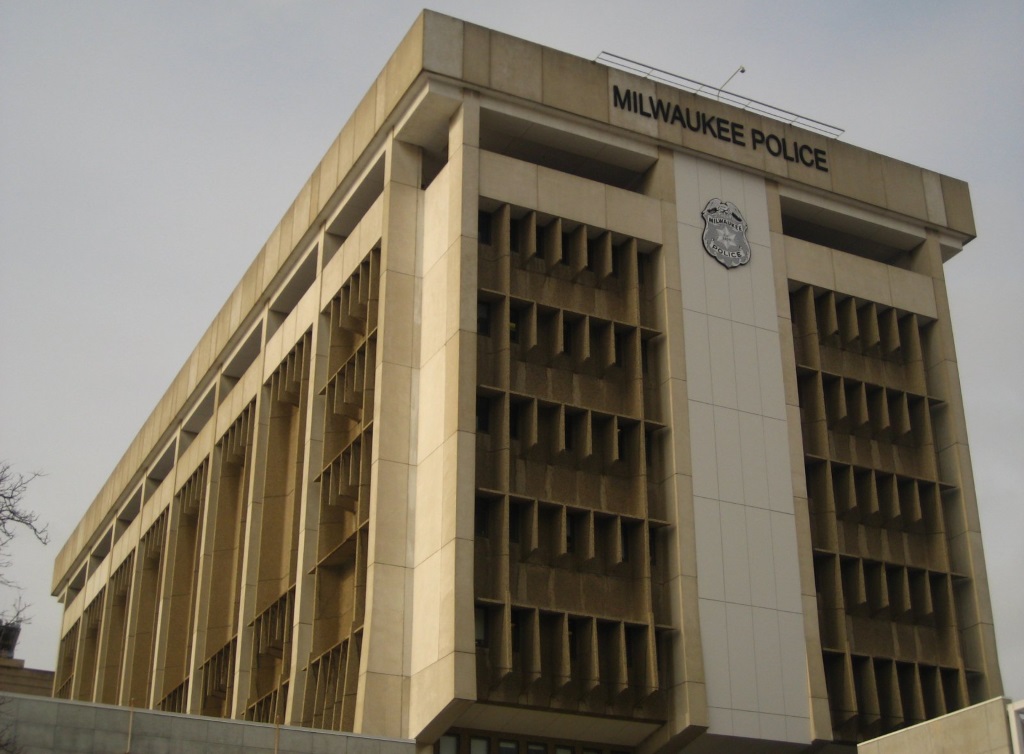City’s Violent Crime Down in 2019
First quarter of year shows murders, non-fatal shootings, carjackings down.
Violent crime in Milwaukee has decreased during the first quarter of the year in many of the city’s neighborhoods.
There have been 18 homicides this year, down from 22 homicides last year during the first three months of 2018. Last year there were a total of 101 homicides in Milwaukee.
The city has had 74 non-fatal shootings so far this year, down 22 percent from the same time last year.
Carjackings are also down 22 percent, according to the Milwaukee Police Department. So far this year, there have been 65 carjackings in Milwaukee, compared to 84 during the same time period last year.
Police Chief Alfonso Morales, who took over as the city’s top police officer in February 2018, said the reduction in crime has to do with the department’s three-prong approach: law enforcement, community outreach and research.
Last year MPD began working more closely with the U.S. Attorney’s Office, Milwaukee District Attorney, state Department of Corrections and other law enforcement partners. The group meets weekly to discuss homicides and non-fatal shootings.
While the decline in crime is promising, Morales acknowledged not all neighborhoods are experiencing the same trend.
Twelve of Milwaukee’s 190 neighborhoods accounted for nearly half of the 476 non-fatal shootings in 2018. The same was true in 2017, when there were 558 non-fatal shootings.
Those neighborhoods are predominately located on the far south, west and north sides of Milwaukee. Many border Milwaukee’s 53206 zip code, where unemployment and poverty are widespread.
Of those 12 neighborhoods, five have the most number of crimes, Morales said. Those neighborhoods – North Division, Harambee, Arlington Heights, Lincoln Village and Garden Homes — will be the department’s top priority this year, Morales said.
“What you will find is there are a lot of problems that we are all aware of having to do with economics, employment, education and family issues,” Morales said. “We want to bring in community organizations, faith-based organizations and even different resources from city hall to address it.”
Morales is hoping that by getting the community more involved, more cases can be solved within in those neighborhoods.
A 2017 study by the Urban Institute found the majority of residents in high-crime, high-poverty areas have a negative view of the police. However, the study also found people were willing to work with law enforcement to make their communities safer.
“I can boast 70 to 80 percent clearance on homicides, but in those neighborhoods it’s 25 percent,” Morales said. “I need the support and community engagement to help us identify who the actual problem is and how to address it. Looking through community lenses can bring about a lot of ideas to change perception.”
Listen to the WPR report here.
Violent Crime Down In Milwaukee Overall, But Certain Neighborhoods Continue To Struggle was originally published by Wisconsin Public Radio.























I heard Sheriff Lucas speak yesterday and left the meeting feeling hopeful for the community’s law enforcement future. Next time you see a police officer or deputy, wave and let them know you appreciate their service to our community.